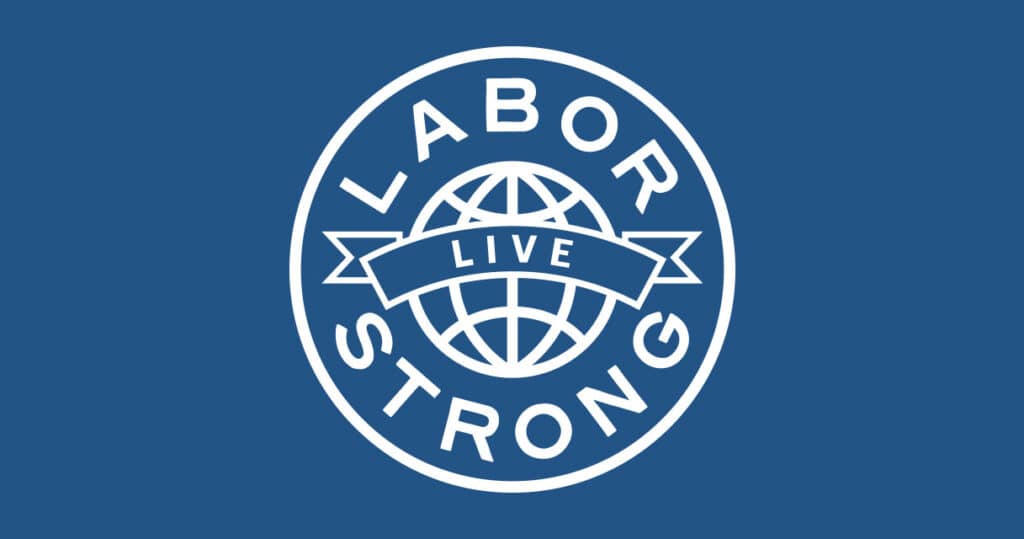Apprentice Training: Pathways to a New Life

From their very inception in this country—going all the way back to the mid-nineteenth century—labor unions have offered workers and their families life-changing opportunities. Today diverse apprenticeship programs can offer the same opportunities to people who may not have thought such a path was open to them.
The checkered history of Apprenticeship programs
Apprenticeship training in the skilled trades has an interesting history. In a very real sense, apprenticeships helped build America. George Washington apprenticed as a surveyor, Benjamin Franklin as a surveyor, Paul Revere as a silversmith, and uncounted thousands of others learned their skills as bricklayers, carpenters and shipwrights. From the colonial era all the way to the time of the First World War, such training was largely informal and unregulated. The need for skilled labor fueled by the demands of wartime industry, however, helped secure the passage of the Smith-Hughes Act of 1917, which provided federal aid to the states for the purpose of promoting vocational education in agriculture and industrial trades. Although a step in the right direction, Smith-Hughes did not provide industrial education for young women—they were relegated to domestic training—and the job skills being taught in apprentice programs often lagged behind the actual needs of industry.
Other laws establishing apprenticeship programs would follow over the ensuing decades. Most important was the National Apprentice Act (NAA) of 1937, which allowed the Department of Labor to issue regulations protecting the health, safety and general welfare of apprentices. Even so, all too often employers used apprentice programs to secure cheap labor. Other apprenticeship opportunities were dominated by skilled craftsmen who used them to restrict entry only to those they approved of (often a would-be apprentice’s race or ethnicity entered into this equation).
Fortunately, this pattern has changed. According to a blog post by Jeffrey Freund, director of the U.S. Department of Labor’s Office of Labor Management Standards, “it appears that union-sponsored apprenticeship programs are leading the way to higher pay and greater inclusivity in the skilled trades.”
Freund cites a study of Pennsylvania apprentice programs from 2000 to 2016, which found that jointly sponsored union-employer apprenticeship programs accounted for 85% of all construction trade apprentices, 90% of whom who were women and non-White men. Another ten year study of apprentice programs in five states, ending in 2020, showed that racial and ethnic group participation in joint union-employer apprenticeship programs compared favorably to the racial and ethnic composition of public universities (participation by the same racial and ethnic groups was lower in employer-sponsored programs).
Apprenticeship programs: A way to a better life
I’m actually feeling quite optimistic about apprenticeship programs. More and more of them are providing opportunities and a better life via union membership to racially diverse communities, to women and girls, to military veterans and others. We may not yet be where we need to be, but these programs are an inspiration to all of us here at MagnaCare.
MagnaCare Blogs

What to Expect from the Minimum Essential Coverage (MEC) Application Process
Finding a healthcare plan for your company isn’t…
Information on Change Healthcare Cybersecurity Incident
As widely reported in the media, Change Healthcare…

